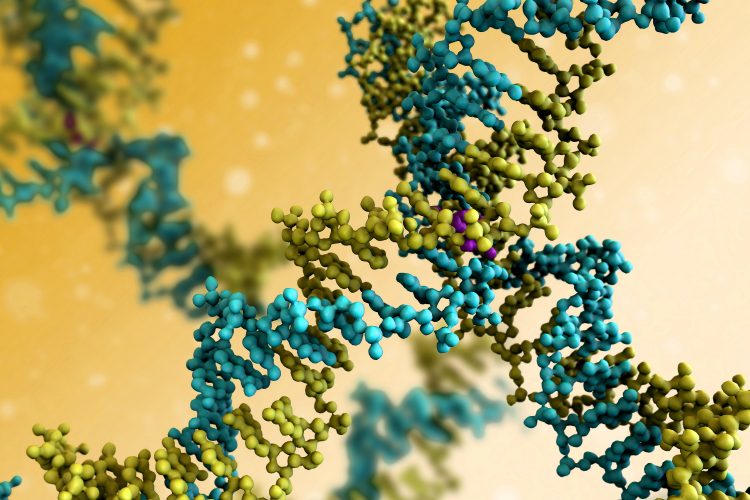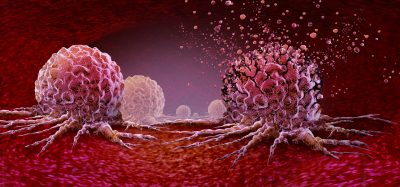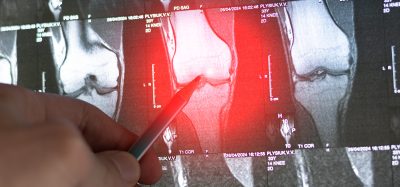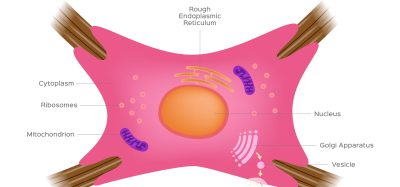New understanding of the TMEJ pathway in cancer
Posted: 14 December 2023 | Ellen Capon (Drug Target Review) | No comments yet
Cancer treatment may be majorly impacted by new findings about the polymerase theta-mediated end joining time DNA repair pathway.


Throughout the course of our lives, natural and environmental factors can break DNA. Breaks in both DNA strands are a particularly dangerous threat to genome stability. At a DNA double-strand break (DSB), potentially lost sequence information cannot be recovered from the same DNA molecule. However, simple repair by joining two broken ends, though inherently error prone, is preferable to leaving ends broken and capable of causing genome rearrangements.1
Some cancers can take control of these DNA repair pathways to benefit themselves. Researchers from the UNC School of Medicine and the UNC Lineberger Comprehensive Cancer Center have investigated the lesser-known DNA pathway named polymerase theta-mediated end joining time (TMEJ). This upregulates in many patients with hereditary breast cancer, ovarian cancer and prostate cancer, particularly those involving BRCA1 and BRCA2 mutations. The new understanding may result in novel cancer therapies.
Dr Susanna Stroik, postdoctoral researcher in Dr Dale Ramsden’s lab at the UNC School of Medicine, said that, in people with these breast cancer mutations, “their cancers rely on polymerase theta’s repair pathway to keep the tumours alive and repair DNA damage in the cancerous tissue.” She continued: “Now that we know more about this pathway, scientists could, in theory, produce a drug that could disrupt key pieces of the pathway in cancer cells, as opposed to using conventional chemotherapies that destroy healthy cells along with the cancer.”
Biomarkers are redefining how precision therapies are discovered, validated and delivered.
This exclusive expert-led report reveals how leading teams are using biomarker science to drive faster insights, cleaner data and more targeted treatments – from discovery to diagnostics.
Inside the report:
- How leading organisations are reshaping strategy with biomarker-led approaches
- Better tools for real-time decision-making – turning complex data into faster insights
- Global standardisation and assay sensitivity – what it takes to scale across networks
Discover how biomarker science is addressing the biggest hurdles in drug discovery, translational research and precision medicine – access your free copy today
Polymerase theta
TMEJ has been the most elusive DNA repair pathway. In 2003, Dr Richard Wood, distinguished Professor at the University of Texas MD Anderson Cancer Center, was a crucial part of the first characterisation of polymerase theta. Multiple labs, including the Wood, Ramsden and Gupta labs at the Lineberger Comprehensive Cancer Center, linked polymerase theta to DNA repair (TMEJ) and cancer, over the following 15 years. Then, the first structure of polymerase theta was solved by Dr Sylvie Doublié, UNC-Chapel Hill alumnus and Professor of Microbiology and Molecular Genetics at the University of Vermont.
Collaborating with scientists from Penn State and New York University, the researchers aimed to understand the exact steps involved in TMEJ and which of those steps polymerase theta does or does not perform. Dr Stroik used multiple experimental approaches and found that another polymerase, polymerase delta, assists polymerase theta in the repair pathway.
Synthesising DNA
Dr Stroik highlighted polymerase theta’s disadvantage: “It makes a lot of errors and it’s not capable of creating large swathes of DNA at once.”
Both strands of DNA are cut at the same spot when a double stranded break happens. Polymerase theta quickly grabs the two single strands of DNA and matching up the closest base pairs to the break and holding them together. This frequently leaves residual flaps of single stranded DNA at the ends, but polymerase delta cuts these flaps which provides polymerase theta enough room to begin synthesising new DNA to fill in gaps in DNA strands. Polymerase delta also aids polymerase theta in finishing synthesis.
Cancer treatment
Dr Stroik also discovered that polymerases theta and delta are physically attached to each other, which may enable drug developers to create a new cancer treatment by drugging this interaction.
Also, scientists have investigated creating drugs to interfere with the TMEJ pathway, as its stops cancer repairing itself and leads to its demise. Dr Ramsden said: “Anytime you find new pieces of the pathway, you can ‘drug’ it.”
His and Dr Stroik’s new research will help new cancer drugs called polymerase theta inhibitors, which are currently in clinical trials.
This study was published in Nature.
Reference
1 Kanaar R, Wyman C. DNA Double-Strand Break Repair: All’s Well that Ends Well. Annual Review of Genetics. 2006 August 8 [2023 November 16]; 40: 363-83. Available from: https://www.annualreviews.org/doi/abs/10.1146/annurev.genet.40.110405.090451
Related topics
Cancer research, DNA, Drug Targets
Related conditions
Cancer








